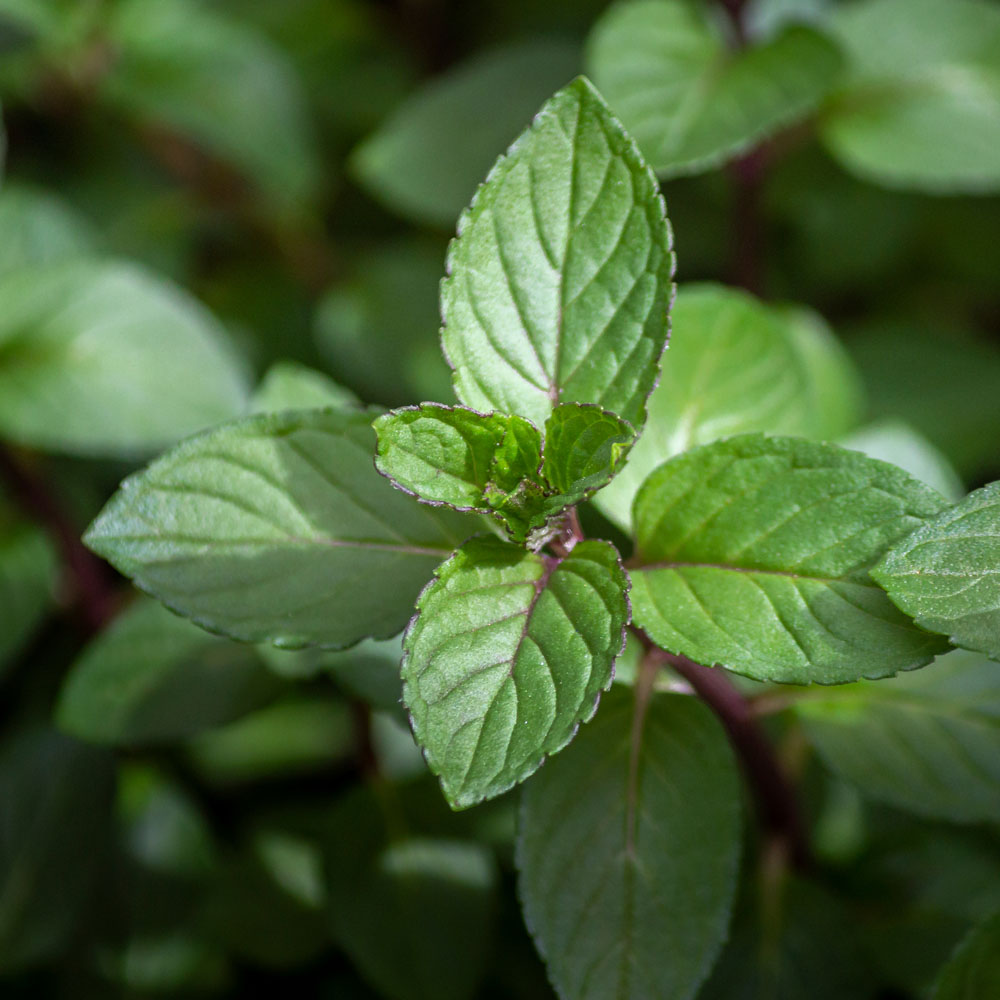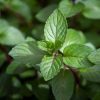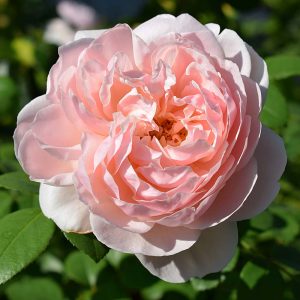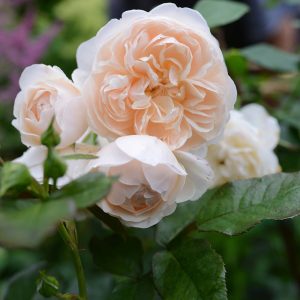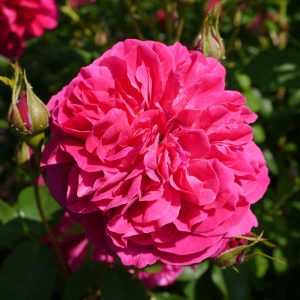Description
Mentha x piperita f.citrata is a hybrid mint that is known for its citrusy aroma and flavor. It is a cross between watermint and spearmint, and is often referred to as orange mint or lemon mint. This plant is commonly used in cooking and herbal teas, and is also used in aromatherapy for its refreshing and invigorating scent. It is an easy-to-grow plant that thrives in sunny to partially shaded locations with moist soil. Its compact size and attractive foliage make it a great choice for container gardening. In addition to its culinary and aromatic uses, Mentha x piperita f.citrata has also been used in traditional medicine to treat digestive issues and relieve stress.
Key Facts
- Common Name(s):Chocolate Mint
- Hardiness:Fully hardy
- How big will I get? Mentha x piperita f.citrata ‘Chocolate’ can grow to a height of 0.4m and a spread of 0.4m.
- Did You Know That:Mint is a fast-growing plant, it can quickly spread through underground runners and can become invasive if not controlled?
Plant Calendar
A rough guide to how this plant will change through the year.
| Jan | Feb | Mar | Apr | May | June | July | Aug | Sept | Oct | Nov | Dec | |
| Flowering Time |  |
 |
 |
|||||||||
| Foliage Colour |   |
  |
  |
  |
  |
  |
  |
  |
  |
| J | F | M | A | M | J | J | A | S | O | N | D |
 |
 |
 |
|||||||||
  |
  |
  |
  |
  |
  |
  |
  |
  |
Care Guide

Soil Requirements
Mentha x piperita f.citrata ‘Chocolate’ thrives in wet or damp soil with decent drainage or in poorly draining soil. This plant can grow in soil with a wide range of pH levels, it is not picky about the pH level of the soil.

Best Position
Mentha x piperita f.citrata ‘Chocolate’ can handle either an exposed or a sheltered position and can cope with either full sun or partial shade.

Maintenance
Mentha x piperita f.citrata ‘Chocolate’ should be cut back after it finishes flowering will promote growth the following year by redirecting energy from seed production and foliage maintenance to root growth.

Pest, Diseases and Wildlife
Mentha x piperita f.citrata ‘Chocolate’ is generally pest free, it can be vulnerable to certain diseases such as powdery mildews and rust. It is also known to attract bees, butterflies and other pollinators. It is toxic to cats and dogs.
